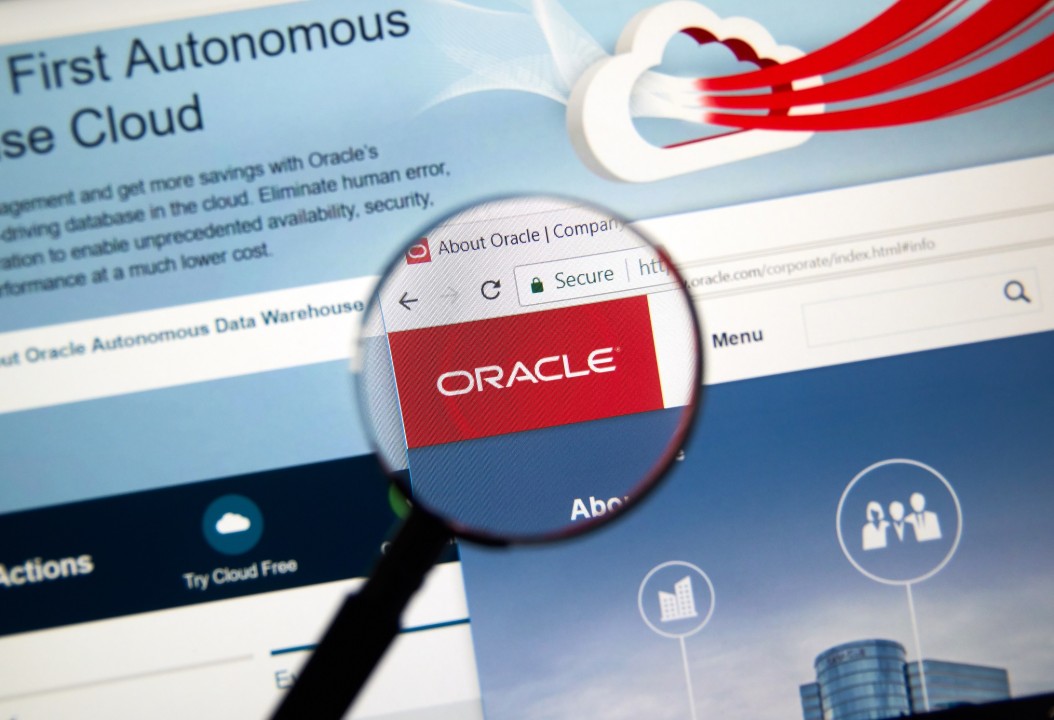By Bernard Marr
With much of the world in lockdown due to the spreading coronavirus, the impact that cloud computing has had on the ways we work and do business is more apparent than ever before.
Thousands of businesses now rely on cloud to carry out essential day-to-day operations, as well as to enable their workforces to carry out their duties while remaining safe at home. But although we are familiar with the concept, it’s important to remember that cloud is still a very young technology, and it doesn’t stand still. Cloud is an evolving model and the way it evolves in the future will have important consequences for how we work and do business.
These trends were the focus of a conversation I had with Andrew Sutherland, senior VP for cloud at Oracle. Andrew told me that he roughly breaks down the future direction he expects cloud computing to take into two groups of trends – those that impact “traditional” IT operations, and those that will influence business strategy and decision-making.
The first covers a need seen in many companies and organizations to move existing IT workloads into a cloud environment, where they can become more accessible, cost-efficient, and effective.
Move and Improve
The key here, Andrew suggests, is not to think simply “lift and shift”, but “move and improve.”
“With traditional IT, there’s a strong trends towards leveraging existing technology and capabilities – not just throwing them away and doing everything from scratch”, he tells me.
“We’re starting to think carefully about what we put where, and when … if this workload can be moved to the cloud without too much effort, then move it – if it needs to stay on premises, leave it.”
The fact is, that while artificial intelligence, machine learning and similar “smart” technologies are opening doors to amazing new worlds of possibility, in many cases existing applications are still perfectly good at carrying out the routine jobs they were designed to do. However, there are numerous obstacles that can impede a journey along this road – including access to high-quality data and the skills needed to exploit it – that mean traditional, trusted software and platforms are still the most efficient tools for the job.
Once these existing tools and data are on the cloud, though, it’s time to think about how they can be made more useful. This could involve integrating with other processes or operations that were not previously accessible when everything was hosted on local infrastructure.
Sutherland says “Once you have moved your workload to the cloud it’s about integration. Now I don’t need to think about buying integration solutions or any hardware. This is about moving critical applications to the cloud and improving them as all the services are available, they are part of the platform.”
Smarter decisioning
The second trend we talked about involves the move to smarter decision-making that becomes possible once the key elements of your IT infrastructure are in the cloud. “There’s a lot of these young middle-managers, and there’s a lot of pressure on them – every company wants to transform, CEOs are saying we need to do more for less … and often it falls on the middle manager … a lot of the need for innovation actually falls on them – and they find out very quickly that they need data.”
These decision-makers traditionally rely on database engineers and administrators to provide them with infrastructure they need to drive business growth. However, there is now a trend towards the use of smarter, self-administrating tools that can be classified as “autonomous database”.
“[many companies] can’t afford to employ database administrators and database managers, but the autonomous database doesn’t need them. The autonomous database with analytics on top, you’ve got something that can be used in a line of business without having to invest in expensive IT skills – that’s a huge trend.”
Openness and multi-cloud infrastructure
As cloud becomes more accessible and prevalent, it’s likely that organizations will turn to a number of different solutions from different providers, tailoring them together in ways that fit their needs. This multi-cloud approach means its possible to choose the best solution to fit each challenge rather than be tied into any one provider’s ecosystem, and cloud providers – recognizing the value that this offers their customers – have now started to embrace this model of delivery.
The level of flexibility that this enables means that the cloud becomes viable for an increasing number of jobs. Having multiple cloud vendors and partnerships – Oracle has partnered with Microsoft and VMware for example – gives customers a hybrid/true multi-cloud model, which means choice and control over their own technology environment. “The big message here is … the cloud is now enterprise ready”, Andrew tells me.
“Our customers are there waiting for us – they’ve learned about cloud, often through edge apps, and trying things out here and there, but for the most part, large scale data management systems have not yet moved to the cloud and don’t yet have all the advantages that cloud can offer them.”
Moves by cloud providers to allow integration and convergence between the platforms they provide, and the platforms provided by others, are now reducing the hurdles faced by organizations with large-scale data workloads, and reducing the risk associated with making a commitment to a specific provider or platform.
Sutherland says “Convergence is a fascinating issue. There’s always a real temptation to get one database for that, one mechanism for that – IT has been full of that in the past.
“But all too often that then starts to diverge – they take on lives of their own and [require] different skillsets, and these people don’t talk to those people – and that’s terribly damaging when it comes to data as we all know.”
Cooperation between different cloud service providers and platforms means it will become easier to pick and choose the right tools for the right job, increasing the potential for cloud technology to drive efficiency and improve decision-making.
Agility of Cloud – on and off premise
Finally over the past few years it has been clear that enterprise adoption of public clouds has gone mainstream as companies took advantage of the pay-as-you-go economics, scale, and agility of cloud computing. However, most enterprises expect to continue to run a portion of their workloads in on-premises datacenters for the foreseeable future. So we need to acknowledge that this has resulted in strong demand from customers for a hybrid architecture where the same services, same functionality, and easy portability of applications exists between their public and on-premises cloud environments. Oracle is making all of its cloud services — more than 50 services — available on-premises so enterprises can use Oracle’s cloud services wherever they need them – in the cloud or on-premises via Cloud@Customer.
Thank you for reading my post. Here at LinkedIn and at Forbes I regularly write about management and technology trends. I have also written a new book about AI, click here for more information. To read my future posts simply join my network here or click ‘Follow’. Also feel free to connect with me via Twitter, Facebook, Instagram, Slideshare or YouTube.
About Bernard Marr
Bernard Marr is an internationally best-selling author, popular keynote speaker, futurist, and a strategic business & technology advisor to governments and companies. He helps organisations improve their business performance, use data more intelligently, and understand the implications of new technologies such as artificial intelligence, big data, blockchains, and the Internet of Things.
LinkedIn has ranked Bernard as one of the world’s top 5 business influencers. He is a frequent contributor to the World Economic Forum and writes a regular column for Forbes. Every day Bernard actively engages his 1.5 million social media followers and shares content that reaches millions of readers.
Drone technology (including passenger drones, autonomous military drones, and delivery drones) is just one of 25 technology trends that I believe will transform our society. Read more about these key trends – including plenty of real-world examples – in my new book, Tech Trends in Practice: The 25 Technologies That Are Driving The 4th Industrial Revolution.






